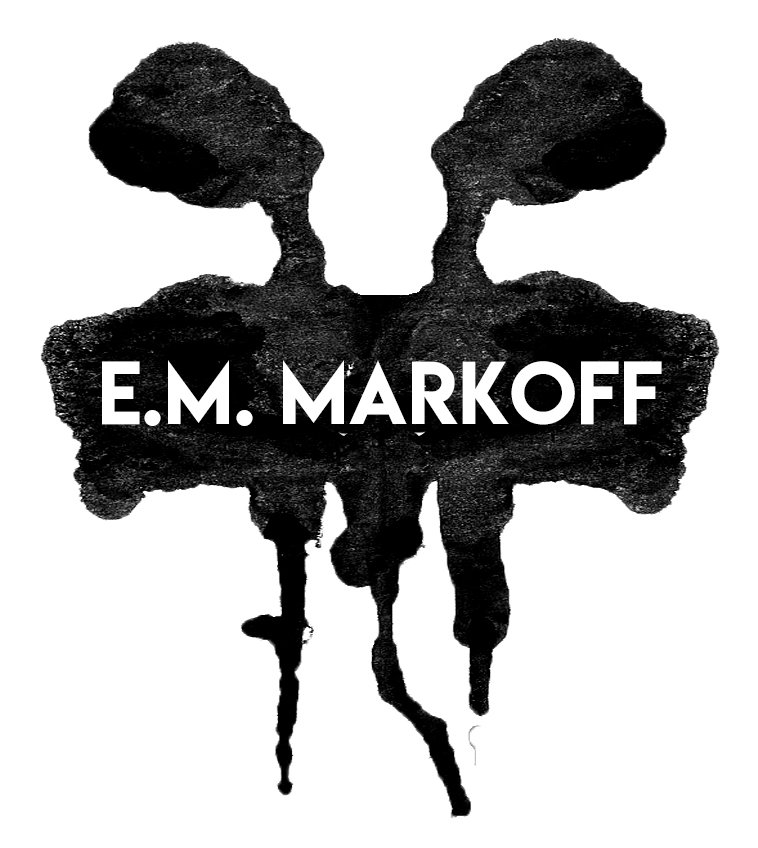Scary Stories for a Good Cause: John McCallum Swain on "The Wolf Who Never Was"
By L.S. Johnson (https://traversingz.com/)
John McCallum Swain has lived in Canada, Germany, Scotland, and the United States, where he now shares his home with a small herd of cats. His tales, ranging from graphic horror to alternate history, have appeared in Weird Menace: Volume 2, Spawn of the Ripper, Peeling Back the Skin, Blood Sweat & Fears, The Stars at My Door, Death’s Garden, and many other anthologies. His own titles include the horror and speculative fiction collections My Vile Bounty and Califhorrornia, and the novellas Smile and The Unicorn Man.
Tell us a little about your story, “The Wolf Who Never Was.”
A few years ago I saw an open call from April Moon Books, an outfit that has come up with some really fun themes for their anthologies. They were looking for stories inspired by the old Hammer horror films I watched religiously on TV as a child. Hammer cranked out monster flicks from the late ‘50s to the early ‘70s, and they played on TV nonstop when I was small. Some of them were corny, and some of them are now classics. Hammer’s lurid, titillating and bloody reboots of Frankenstein, Dracula and the Mummy made international stars of Christopher Lee and Peter Cushing, and they scared the hell out of me when I first saw them. I knew I could write a good story based on that material. The challenge was writing something different, something with a twist. That’s when I began to think of behind-the-scenes scenarios; what if there was an actual goddamned monster on the set of a monster movie? And the production in this case is Hammer’s only werewolf movie, The Curse of the Werewolf, starring Oliver Reed.
And I had several questions for this one, but my most pressing (and rhetorical) question is: why Oliver Reed?
I chose Oliver Reed for two reasons. First, I really like Oliver Reed. I grew up watching his movies, and his turn as Bills Sykes in the 1968 musical Oliver! horrified me as much as any Hammer horror movie monster. Hey, cut me some slack, I was about 8 when I saw it, and to be fair, it’s said that Reed was so effective at portraying a menacing bastard that he terrified the children he was working with on the set. In other words, he scared the ever-loving shit out of little kids and got paid for it. That’s a special kind of awesome that I really appreciate. Also, alcoholism has irreparably impacted my own life, and as we saw with Reed’s death during the filming of Gladiator, it’s a sordid, awful addiction that takes will and reason to overcome. Oliver couldn’t do that, and since most horror writers write horror to work out shit they are dealing with either on the surface or way down deep, I thought I’d try and suggest a noble reason why Oliver Reed died as he did, to redeem him despite his tragic flaws.
What is your relationship to California, and does California influence your work?
I was born in Canada, and since I was a military brat I bounced around a lot. I’ve seen most of Europe and lived in Scotland for a few years, but the longest I’ve ever been in one place is in California. This really is the land of dreams. Not all of them come true, but it’s a great place to keep trying to achieve them. My first book of short stories is set here. Califhorrornia: Dark Tales from the Golden State (that goddamned title looks better in print than it sounds rolling off the tongue) is available on Amazon.
As writers, we constantly use our imaginations, sometimes in terrifying ways. But can you imagine a hopeful future for California? What might that future look like?
California is the most culturally diverse state in the union. Some people see that as a scary thing. I see it as a strength. With diversity comes many different points of view. With different points of view come as yet unimagined solutions to the problems we face as a state and a nation. All we really need is water. If we can get our act together with serious water rationing, solar or wind or wave powered and marine life friendly desalination plants, use gray water effectively, and experiment with towing glaciers to port cities, we can survive on our own. Then again, it’s life’s more awful scenarios that are bread and butter for writers—one of the stories in Califhorrornia is about the devastating effects a water shortage has on the residents of a single street.
Where can readers find more of your work?
I’m working on a series of horror stories that take place in my fictional Ottawa Valley town of Kitchissippi. The stories are all set in the ‘70s and will ultimately explain why Kitchissippi became a ghost town by 1981. The stories focus on the children of Kitchissippi; the things they fear are not supernatural, but perversions of nature and the human mind, so there are no vampires, werewolves or zombies—most of my monsters are human. I have been extremely fortunate to have Kitchissippi tales appear in Blood, Sweat, and Fears: Horror Inspired by the 1970s, Death’s Garden, and Peel Back the Skin. The foundation of those 70s horror tales is my novella The Unicorn Man, my take on the Frankenstein mythos that first appeared in 4rchetypes: Modern Interpretations of Classic Horror. All of these tales and more can be found on Amazon, at the link below. Thanks for reading!
NEXT POST ON MONDAY 5/13/19, SCARY STORIES FOR A GOOD CAUSE: BEN MONROE ON “THE QUARRY”
-Jonathan Maberry, New York Times bestselling author of V-Wars and Glimpse


